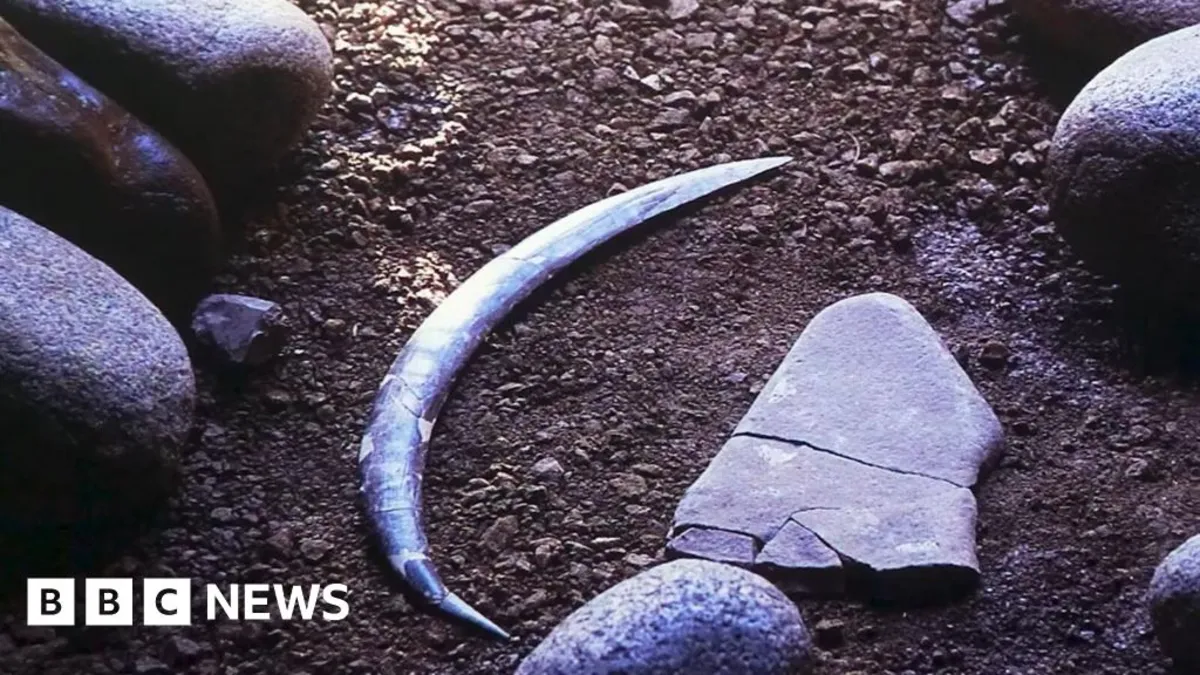
The discovery of the world's oldest boomerang has reshaped our understanding of ancient human ingenuity. Originally unearthed in 1985 in Oblazowa Cave, Poland, this ancient tool is now believed to be approximately 40,000 years old, significantly older than the previously estimated 30,000 years. This finding provides valuable insights into the skills and behaviors of early Homo sapiens.
Archaeologists have revealed that this mammoth ivory boomerang was expertly crafted from a mammoth's tusk, showcasing an incredible level of skill for its time. Researchers determined that the boomerang, due to its unique shape, was designed to fly when thrown but did not return to the thrower like modern boomerangs. This suggests its primary purpose was likely for hunting, although it may have also held cultural or artistic significance, possibly being used in rituals or ceremonies.
Recent advancements in radiocarbon dating methods have led to a more accurate age estimate for the boomerang. By analyzing human and animal bones found alongside it in the cave, scientists have established its age to be between 39,000 and 42,000 years. This makes it not only the oldest boomerang ever discovered but also the only one of its shape and size found in Poland, as noted by Dr. Sahra Talamo from the University of Bologna, Italy.
This remarkable artifact offers profound insights into the behavior and capabilities of early humans. Dr. Talamo emphasized that the ability to create such a sophisticated tool, which could effectively assist in hunting, reflects a significant advancement in the cognitive and practical skills of Homo sapiens around 42,000 years ago. The boomerang is exceptionally well preserved, with markings indicating it was polished and crafted for a right-handed user.
While boomerangs are typically associated with Aboriginal culture in Australia, this discovery highlights their use across various continents in prehistoric times. The oldest known boomerang from Australia dates back about 10,500 years and is made from wood. Additionally, the earliest rock art depicting boomerangs in Australia dates to approximately 20,000 years ago, according to the National Museum of Australia.
Other notable finds include a 7,000-year-old wooden boomerang discovered in Jutland, located between Denmark and Germany, and fragments of a 2,000-year-old oak boomerang that is designed to return to the thrower, found in The Netherlands. These discoveries suggest a rich history of boomerang use that spans thousands of years and various regions of the world.
The groundbreaking research conducted by a collaborative team of scientists from Poland, Italy, Germany, France, Switzerland, and the UK has been published in the journal PLOS One. This collective effort not only sheds light on the oldest boomerang but also enriches our understanding of ancient human technology and culture.